May 15 to May 21
Buddhist Master Hsing Yun (星雲法師) could have been a general. Although the “Monk Rescue Team” (僧侶救護隊) he led to Taiwan in 1949 disbanded after briefly training with General Sun Li-jen’s (孫立人) troops, the commanders were impressed with Hsing Yun’s intellect and physical prowess and asked him to stay.
Sun personally offered to send the 23-year-old Hsing Yun, who had been a monk since he was 12, to a military academy and guaranteed that with his talent, he would become a general in 10 years.
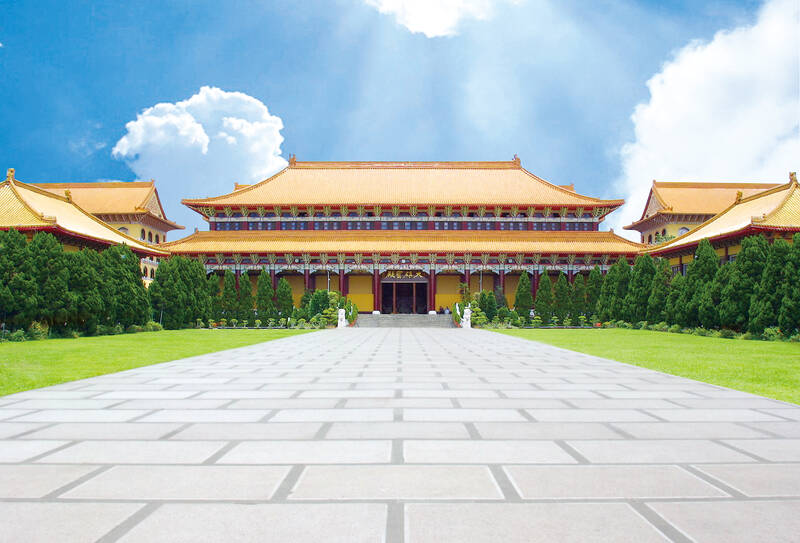
Photo courtesy of Wikimedia Commons
“My mission is to properly carry out a monk’s duties,” Hsing Yun replied. “What’s the use of being a general?”
Life was not easy after leaving the military, and Hsing Yun often found himself hungry and homeless. In the same year, rumors emerged that there were 300 Buddhist monks and nuns working as communist agents in Taiwan, and Hsing Yun was one of dozens arrested. He was detained for 23 days before Sun’s wife bailed him out.
Eighteen years later, on May 16, 1967, Hsing Yun and his followers broke ground on a desolate, uneven hill overgrown with weeds and bamboo, manually clearing the land for what would become today’s Fo Guang Shan (佛光山) monastery complex.
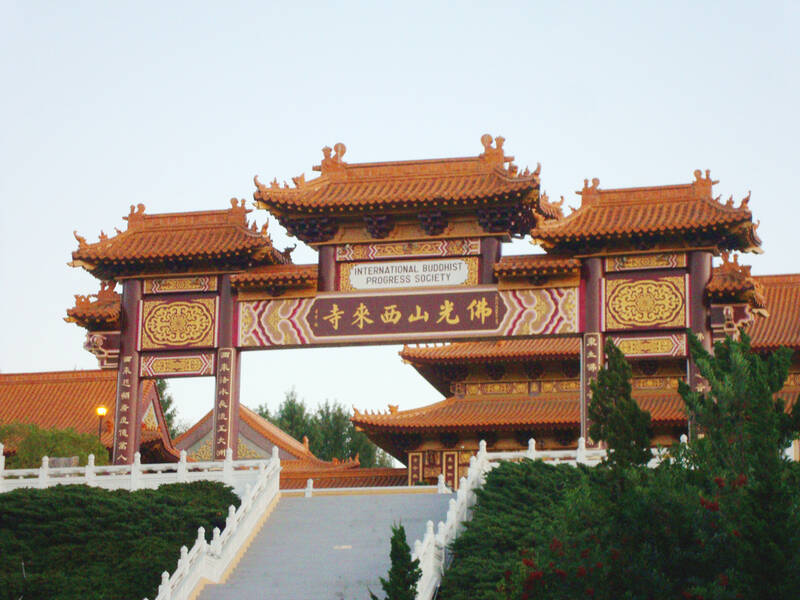
Photo courtesy of Wikimedia Commons
Hsing Yun died at the age of 95 in February this year, having established Fo Guang Shan as one of Taiwan’s four major Buddhist mountains, with 300 branch temples across five continents.
EARLY ORDAINMENT
Growing up in Jiangsu Province, China, Hsing Yun’s life changed when he left his home village with his mother at the age of 12 to search for his missing father in Nanjing. The Second Sino-Japanese War was raging, and the region was thrown into chaos with violent tragedies such as the Nanjing Massacre.
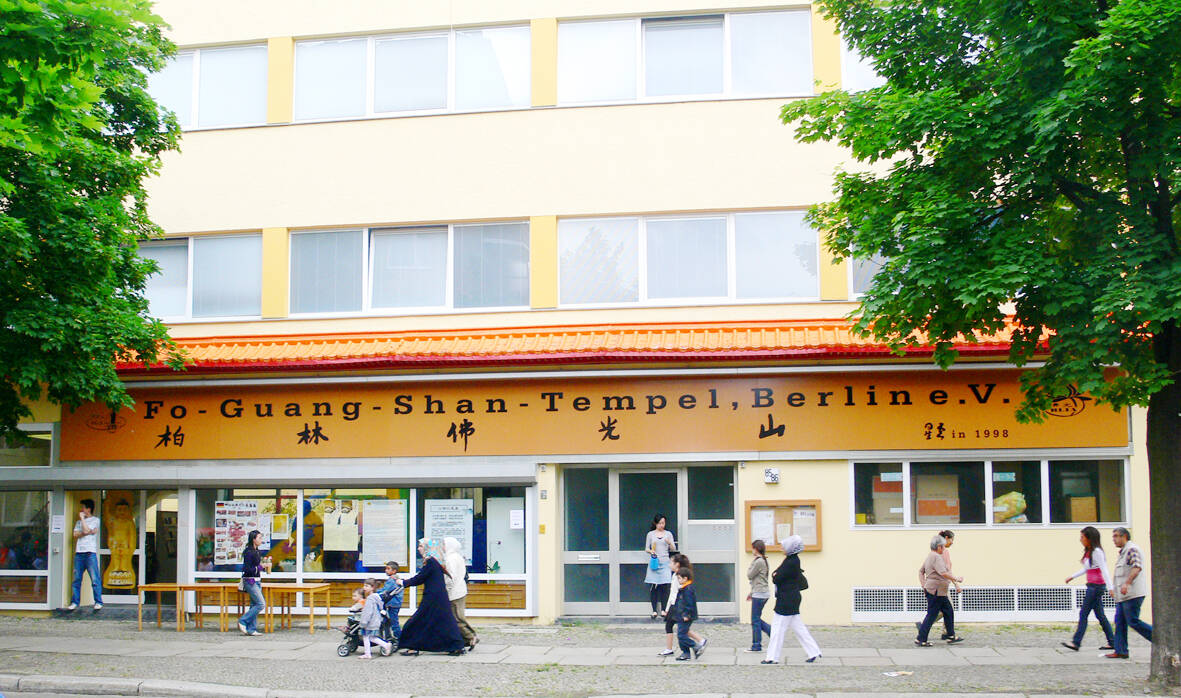
Photo courtesy of Wikimedia Commons
On the way to Nanjing, Hsing Yun was asked at a Buddhist temple if he’d like to become a monk, writes Fu Chih-ying (符芝瑛) in his biography.
“Sure,” he replied.
Soon Master Zhikai (志開上人) of nearby Qixia Temple (棲霞寺) sent a disciple to officially recruit Hsing Yun. His mother was shocked and vehemently refused, but Hsing Yun insisted that he could not go against his word. After much pleading, his mother relented and departed in tears. They never found his father, who likely perished in the unrest.
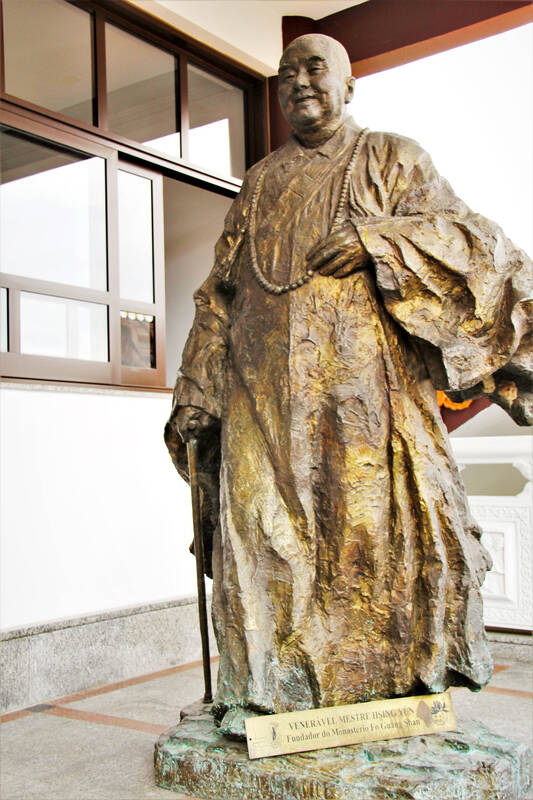
Photo courtesy of Wikimedia Commons
After World War II, Hsing Yun enrolled in the Jiaoshan Buddhist College (焦山佛學院). He found work afterward as an elementary school principal and ran a Buddhist magazine. As the Chinese Civil War worsened, Buddhist clergy began organizing “Monk Rescue Teams” to help the wounded and bury the dead. Hsing Yun and his comrade Chih Yung (智勇) also founded a team of about 600 monks, who joined General Sun in Taiwan.
In 1949, Chih Yung decided to remain in China to help those in need, and told Hsing Yun to bring as many monks as he could to Taiwan. About 70 made it onto the ship departing from Shanghai.
About 30 of their group ran off once they arrived in Keelung, presumably to seek out their friends and relatives. The 40 or so remaining monks attempted to train with Sun’s troops, but most of them just didn’t have the constitution and gave up.
While wandering from temple to temple, Hsing Yun began writing religious radio scripts and columns, and also served six years as editor-in-chief of the Buddhist Life Monthly (人生月刊).
YILAN YEARS
With many temples occupied by Chinese Nationalist Party (KMT) troops and their families, the 1950s and early 1960s were a difficult time for Buddhism in Taiwan. Christianity flourished under the influence of president Chiang Kai-shek (蔣介石) and first lady Soong Mei-ling (宋美齡), as well as through US Aid.
Cheng Tan-lin (鄭丹林) writes in “Revitalization of Buddhism in Post War Taiwan” (戰後台灣佛教的振興) that while Buddhists generally had a amicable relationship with the government, the religion saw little growth until the 1980s, compared to Christianity and Taoism/popular religion.
In 1952, Hsing Yun was invited by locals to then-remote Yilan City to preach. After visiting a few times, he decided to make his home in Leiyin Temple (雷音寺). Although it was the largest Buddhist shrine in Yilan, it was destitute and also partially occupied by three military families, who had taken the prayer cushions to use as pillows. Hsing Yun slept under the altar table for the first six months until they finally cleared a tiny room for him.
Many locals did not welcome him at first, and he was pelted with rocks while preaching to a large crowd near Yilan Night Market. When he started a Buddhist choir group that sang original songs that he penned with a musician, conservative believers found it blasphemous and threatened to murder him.
But with his unorthodox, progressive methods and focus on education for all ages, Hsing Yun’s followers grew. On Buddha’s birthday in 1958, he organized a night-time lantern parade through the 48 surrounding villages, attracting more than 30,000 participants.
Hsing Yun understood the importance of marketing and technology, with him and his choir frequently appearing on the radio. In 1957, he recorded six albums of Buddhist songs, which received orders from across Taiwan and Southeast Asia before they were released. Once television became popular, he jumped at the opportunity as well.
BUILDING THE MOUNTAIN
While still in Yilan, Hsing Yun was frequently invited to preach in Kaohsiung, and began splitting his time between Leiyin Temple and Shoushan Temple (壽山寺). He set up a Buddhist school in Shoushan, and soon the number of students outgrew the space.
Hsing Yun was all set to build a new complex near Chengcing Lake (澄清湖), which was a popular recreational spot. When a disciple mentioned that the new location would definitely benefit from the flow of tourists and visiting dignitaries, Hsing Yun abruptly nixed the plans as he wanted people to make the trek solely for religious purposes
In 1967, a couple fell into debt after buying that piece of worthless land for a project that never materialized. They begged Hsing Yun to buy it, saying that otherwise they would have no choice but to kill themselves. In addition to wanting to help them, Hsing Yun recalled that most major Buddhist sites in China were on mountains, and he agreed.
His disciples thought he had gone mad, but they could only follow. Bit by bit, with no road and the closest water source in a ravine 30 minutes away, they cleared and flattened the land and began building Fo Guang Shan.
Due to the popularity of Christianity among government officials, many warned Hsing Yun to choose a name that wouldn’t stand out. But he decided to go all out, naming it “Buddha’s Light Mountain.”
“I wanted the light of the Buddha to shine on every living being, and I saw no reason to hide that. Many people told me not to start the temple name with “Buddha.” But I’m a monk! What other word would I start it with?” he recalled.
International exchanges soon began with Southeast Asia, and later Fo Guang Shan sent disciples to study across the world. In 1978, the temple’s first overseas expansion was planned in California. It took 10 years to plan and complete Hsi Lai Temple, and the organization has rapidly expanded exponentially since.
Taiwan in Time, a column about Taiwan’s history that is published every Sunday, spotlights important or interesting events around the nation that either have anniversaries this week or are tied to current events.

Seven hundred job applications. One interview. Marco Mascaro arrived in Taiwan last year with a PhD in engineering physics and years of experience at a European research center. He thought his Gold Card would guarantee him a foothold in Taiwan’s job market. “It’s marketed as if Taiwan really needs you,” the 33-year-old Italian says. “The reality is that companies here don’t really need us.” The Employment Gold Card was designed to fix Taiwan’s labor shortage by offering foreign professionals a combined resident visa and open work permit valid for three years. But for many, like Mascaro, the welcome mat ends at the door. A
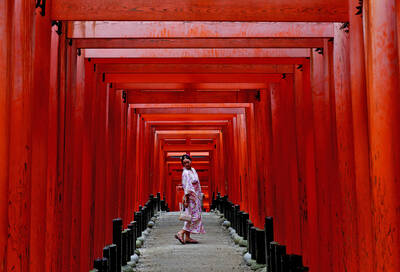
The Western media once again enthusiastically forwarded Beijing’s talking points on Japanese Prime Minister Sanae Takaichi’s comment two weeks ago that an attack by the People’s Republic of China (PRC) on Taiwan was an existential threat to Japan and would trigger Japanese military intervention in defense of Taiwan. The predictable reach for clickbait meant that a string of teachable moments was lost, “like tears in the rain.” Again. The Economist led the way, assigning the blame to the victim. “Takaichi Sanae was bound to rile China sooner rather than later,” the magazine asserted. It then explained: “Japan’s new prime minister is
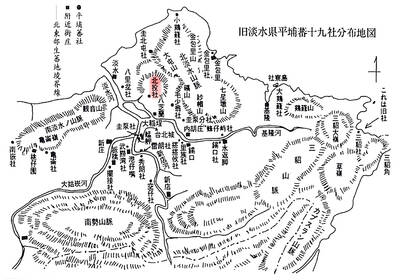
NOV. 24 to NOV. 30 It wasn’t famine, disaster or war that drove the people of Soansai to flee their homeland, but a blanket-stealing demon. At least that’s how Poan Yu-pie (潘有秘), a resident of the Indigenous settlement of Kipatauw in what is today Taipei’s Beitou District (北投), told it to Japanese anthropologist Kanori Ino in 1897. Unable to sleep out of fear, the villagers built a raft large enough to fit everyone and set sail. They drifted for days before arriving at what is now Shenao Port (深奧) on Taiwan’s north coast,
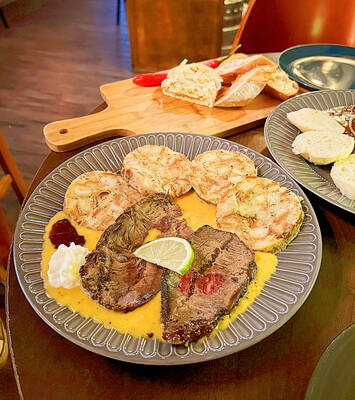
Divadlo feels like your warm neighborhood slice of home — even if you’ve only ever spent a few days in Prague, like myself. A projector is screening retro animations by Czech director Karel Zeman, the shelves are lined with books and vinyl, and the owner will sit with you to share stories over a glass of pear brandy. The food is also fantastic, not just a new cultural experience but filled with nostalgia, recipes from home and laden with soul-warming carbs, perfect as the weather turns chilly. A Prague native, Kaio Picha has been in Taipei for 13 years and